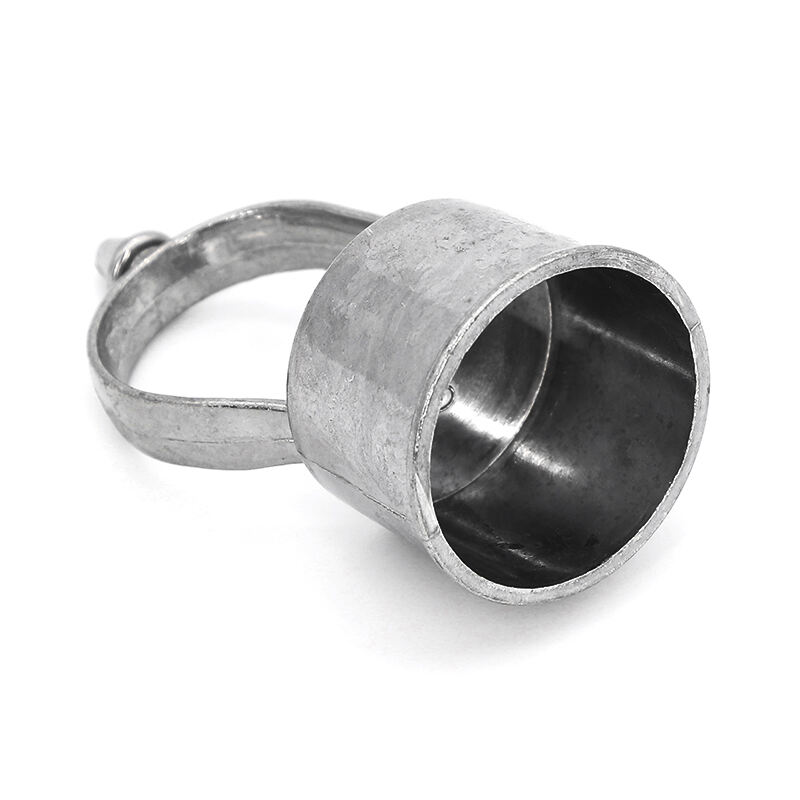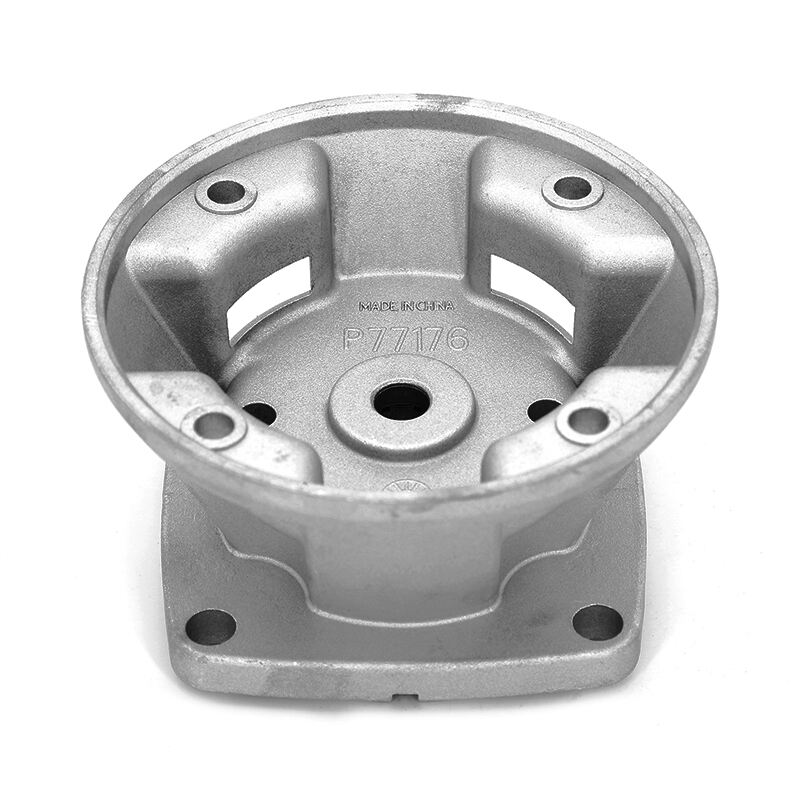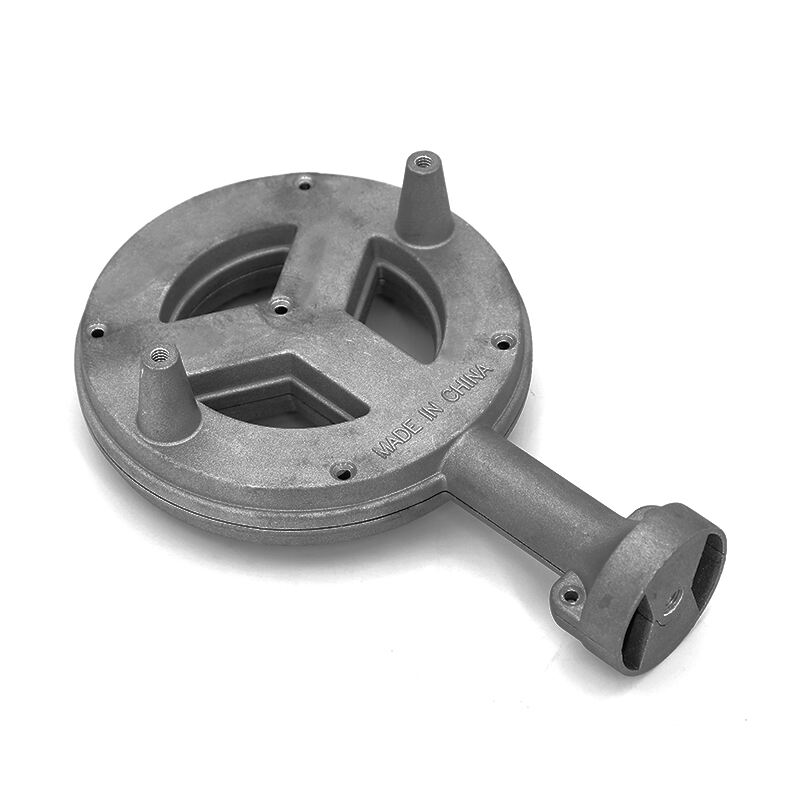aluminium die casting components
Aluminum die casting components represent a cornerstone of modern manufacturing, offering precision-engineered solutions across various industries. These components are produced through a sophisticated process where molten aluminum is injected into steel molds under high pressure, creating complex, dimensionally accurate parts with excellent surface finishes. The process enables the production of components with intricate geometries, thin walls, and tight tolerances that would be difficult or impossible to achieve through other manufacturing methods. The components manufactured through this process find extensive applications in automotive, aerospace, electronics, and telecommunications industries. They excel in scenarios requiring lightweight yet durable parts, offering superior strength-to-weight ratios and excellent thermal conductivity. The process allows for the integration of multiple features into a single component, reducing assembly requirements and overall production costs. Modern aluminum die casting components benefit from advanced alloy compositions that enhance mechanical properties, corrosion resistance, and thermal stability. These components can be engineered to meet specific performance requirements, whether it's high-pressure resistance, thermal management, or structural integrity. The versatility of aluminum die casting makes it particularly valuable in producing everything from engine blocks and transmission housings to electronic enclosures and architectural hardware.


